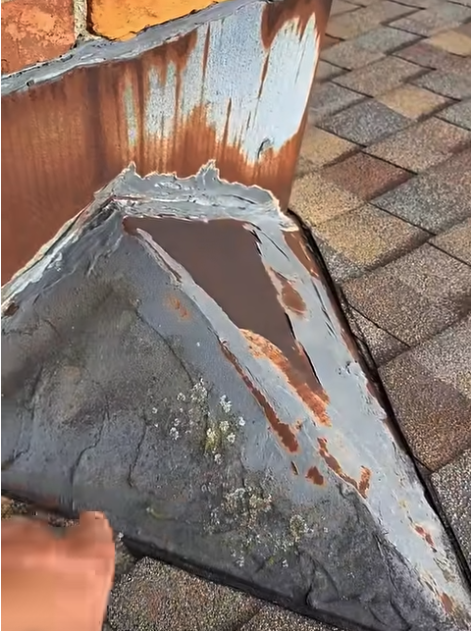What Is a Chimney Cricket — And Why Every Michigan Homeowner Should Care
If you’ve ever walked past a charming brick chimney and wondered why there’s that little triangular ridge behind it, that’s a chimney cricket—also known as a saddle. This short video shot in Farmington, MI, unpacks what it is and why Michigan homeowners need to know about it.
Defining the Chimney Cricket
A chimney cricket is a small peaked structure built just behind your chimney, where your roof slopes back toward it. Its job? To divert rain and melting snow away from the chimney’s base, preventing water buildup and long-term damage.
Why a Chimney Cricket Matters—Especially in Michigan
Michigan’s climate swings from icy winters to rainy springs. That means rooftops—and brick chimneys—face harsh conditions:
-
Snow melt pools can seep into mortar joints if not properly channeled.
-
Ice dams and small leaks can cause costly structural damage.
-
Freeze–thaw cycles make weak points susceptible to cracking.
A chimney cricket ensures water runs smoothly down your roof, protecting your home. The video from Farmington, MI, makes the point visually clear for homeowners in Metro Detroit and throughout southeastern Michigan.
Local Roofing Insight: The Michigan Edge
In Farmington and surrounding cities like Royal Oak, Pontiac, and Birmingham, local roofers understand just how critical quality waterproofing is. Installing a chimney cricket isn’t just an aesthetic detail—it’s an investment in preventing leaks, mold growth, and chimney damage long-term.
Easy Maintenance Tips
-
Inspect yearly: After winter, check the cricket for debris, ice, or damage.
-
Ensure proper flashing: Metal flashing should seamlessly cover the cricket and chimney base.
-
Act quickly on leaks: Early repairs can save hundreds—or thousands—on future fixes.
Final Takeaway
A chimney cricket might seem small next to your roof, but in Michigan’s unpredictable weather, it plays a big role in shielding homes from water damage. The YouTube Shorts video does a great job simplifying the concept and showing local examples—making it an excellent resource for DIYers and homeowners planning roof upgrades.

